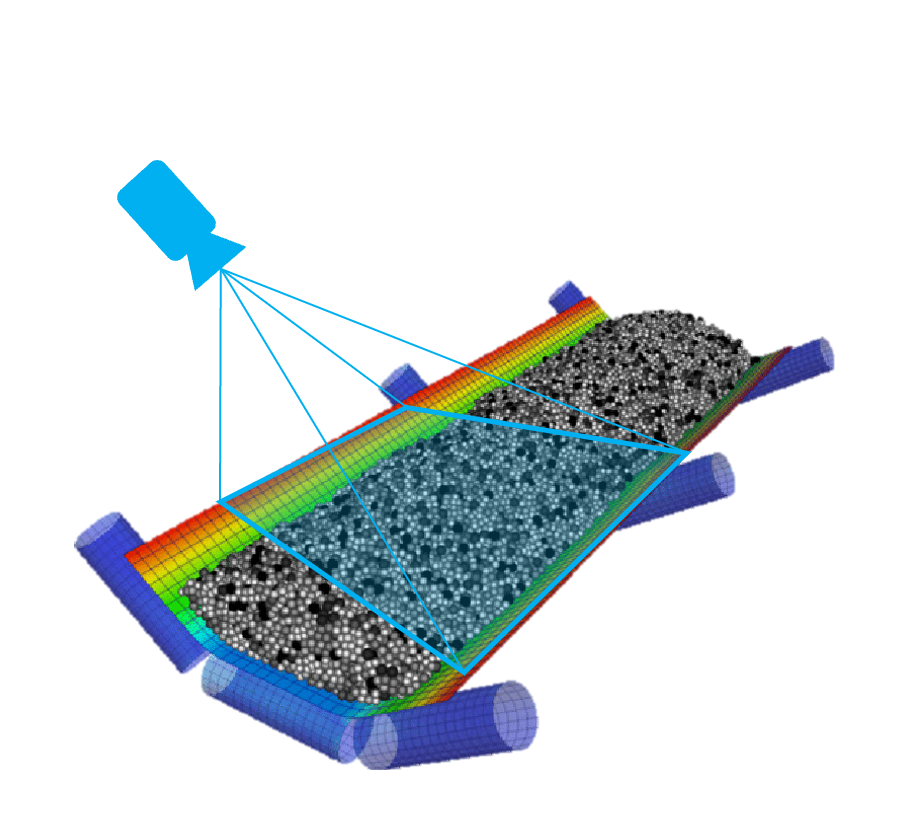Background
Computer vision sensors can rapidly interpret photo/video data signals (increasingly available in manufacturing facilities) to inform automated decision-making/control workflows (e.g., optimizing production and detecting anomalies) which promote the increased safety, efficiency, sustainability, and reliability of process systems. Illustrative applications include flare stack control, conveyor belt monitoring, temperature distribution control, and quality control. However, such computer vision aided control paradigms have seen limited investigation in process systems engineering and are only starting to generally emerge in industrial applications (despite significant industrial interest). Here, key challenges include validating control architecture robustness, designing computer vision strategies with limited data, and assessing sensor health in real-time.
Real-Time Monitoring via SAFE-OCC

A key vulnerability computer vision sensors introduce is erroneous measurement when subjected to uncertain visual disturbances, which can incur severe safety/profitability consequences. In close collaboration with ExxonMobil, I used my data-science expertise to develop a tailored novelty detection framework to rapidly assess the sensor prediction quality in real-time. Exploiting unique aspects of the CNN architecture, my approach incurs a significantly lower overhead and higher accuracy than off-the-shelf methods; moreover, it is part of a pending U.S. patent. Recently, to generalize this work I proposed the Sensor Activated Feature Extraction One-Class Classification (SAFE-OCC) novelty detection framework for general computer vision sensors.
